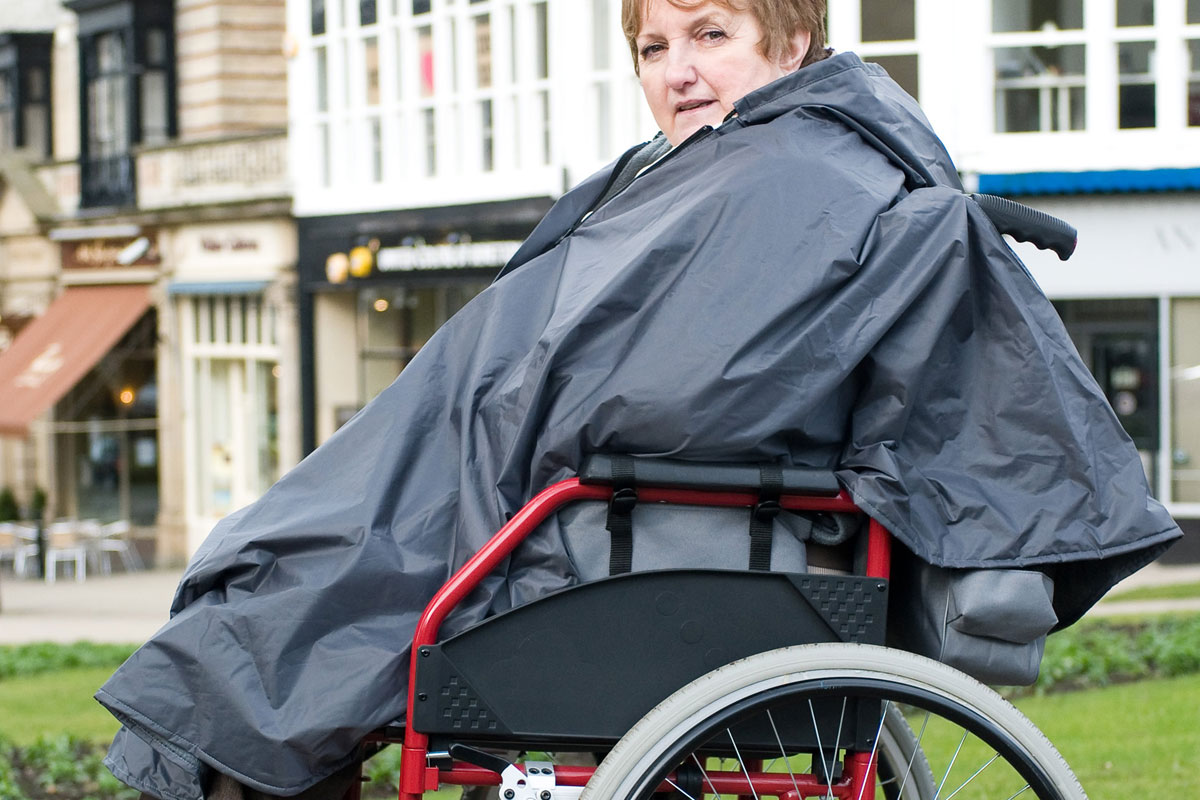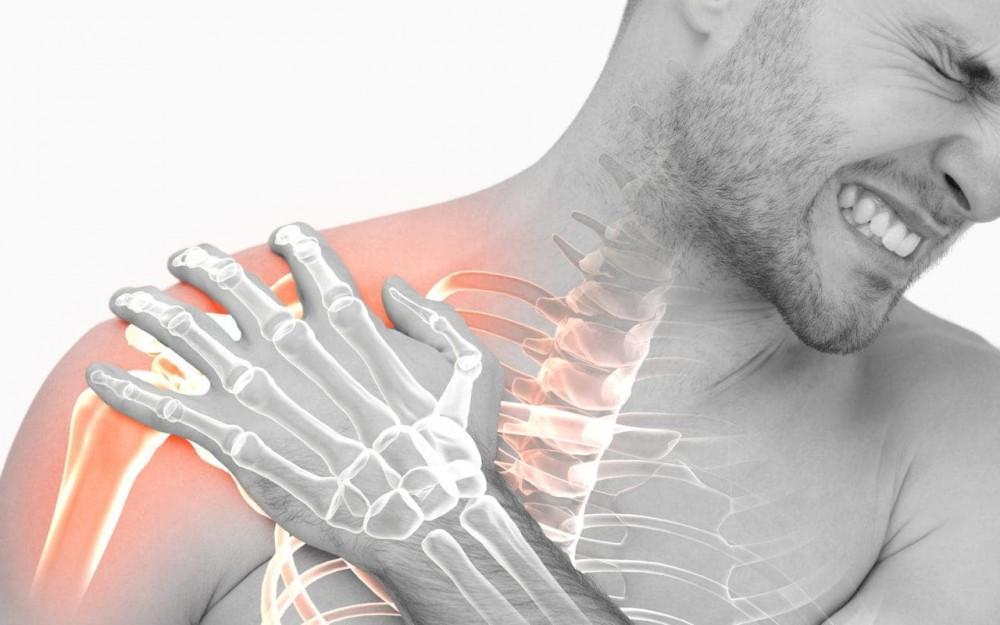Mobility wheelchairs have long been essential for individuals with limited movement, enabling independence and access to various environments. However, standard models often struggle in wet conditions, raising the question of whether waterproof wheelchairs are necessary. While some may view waterproofing as a luxury, practical considerations reveal its significance in ensuring durability, safety, and uninterrupted mobility.
Understanding Waterproof Mobility Wheelchairs
A waterproof mobility wheelchair is designed to function effectively in wet conditions without compromising performance or user safety. Unlike conventional models, which may experience electronic failures, corrosion, or material damage when exposed to moisture, waterproof options are built to withstand rain, puddles, and even submersion in some cases. These wheelchairs often feature sealed electronics, rust-resistant components, and water-repellent materials to maintain functionality regardless of weather conditions.
The Risks of Using Non-Waterproof Wheelchairs in Wet Conditions
Non-waterproof wheelchairs are susceptible to various issues when exposed to moisture. These risks extend beyond mere inconvenience and can significantly affect user safety and the wheelchair’s lifespan.
- Electronic Malfunctions – Power wheelchairs rely on complex electrical systems to operate. Exposure to water can cause short circuits, rendering essential functions such as braking, speed control, and power supply unreliable. Malfunctions in wet conditions can leave users stranded or cause sudden stops, increasing the risk of falls or accidents.
- Corrosion and Material Deterioration – Many wheelchairs feature metal frames and mechanical parts that can rust or weaken when exposed to moisture. Over time, this deterioration affects the wheelchair’s integrity, leading to costly repairs or replacements. Even minor exposure to rain can accelerate wear on components such as bearings, axles, and motors.
- Reduced Traction and Stability – Non-waterproof wheelchairs often have tires that struggle with wet surfaces. A lack of grip increases the likelihood of skidding, particularly on smooth or sloped surfaces. This instability can be hazardous, particularly for users navigating outdoor environments.
Situations Where Waterproof Wheelchairs Are Essential
The necessity of a waterproof mobility wheelchair depends on the user’s lifestyle, environment, and mobility requirements. While some individuals may not frequently encounter wet conditions, others require reliable performance regardless of weather or terrain.
- Frequent Outdoor Use – Individuals who regularly navigate outdoor spaces, whether for work, errands, or social activities, benefit significantly from a waterproof wheelchair. Unexpected rain, puddles, and wet sidewalks become manageable rather than disruptive.
- Unpredictable Weather Conditions – Those living in regions with frequent rainfall, high humidity, or coastal climates face continuous exposure to moisture. A waterproof wheelchair ensures that environmental factors do not compromise mobility.
- Active Lifestyles and Recreational Activities – Some users participate in adaptive sports, beach outings, or hiking excursions where exposure to water is inevitable. Waterproof wheelchairs support these activities without restricting movement.
- Medical and Care Facilities – Hospitals, rehabilitation centers, and assisted living communities often require wheelchairs that can be cleaned and sanitized efficiently. Waterproof designs allow for easier maintenance, ensuring hygiene and durability.
Key Features of a High-Quality Waterproof Wheelchair
A well-designed waterproof mobility wheelchair integrates multiple protective elements to ensure longevity and functionality. Key features to consider include:
- Sealed Electronics – Power wheelchairs should have water-resistant casings for batteries, motors, and control panels to prevent electrical failures. Some models include fully submersible components for enhanced protection.
- Rust-Resistant Materials – Stainless steel, aluminum, or coated metal frames resist corrosion better than untreated materials. Plastic and composite alternatives can also improve durability.
- Water-Repellent Upholstery – Seats and cushions should be made from non-absorbent, quick-drying materials to prevent discomfort and bacterial growth.
- Treaded, Slip-Resistant Tires – Enhanced traction ensures stability on wet or slippery surfaces, reducing the likelihood of accidents.
- Drainage and Ventilation – Some designs incorporate drainage holes to prevent water accumulation and maintain comfort. Proper ventilation also prevents condensation buildup.
Considerations Before Purchasing a Waterproof Wheelchair
Not all users require a fully waterproof model, so evaluating specific needs is essential. Key considerations include:
- Daily Routine and Environment – Assess whether frequent exposure to water justifies investing in a waterproof wheelchair. Those primarily using their wheelchair indoors or in dry climates may not require extensive waterproofing.
- Budget and Long-Term Costs – While waterproof wheelchairs often come at a higher initial cost, they may reduce long-term expenses associated with repairs and replacements caused by moisture damage.
- Portability and Storage – Some waterproof models are bulkier due to added protective features. Ensure that the design remains practical for transportation and storage needs.
- User Comfort and Adjustability – Waterproofing should not come at the cost of comfort. Ensure that seat cushioning, back support, and adjustability remain priorities when selecting a model.
Conclusion: Are Waterproof Mobility Wheelchairs Necessary?
For individuals facing regular exposure to wet conditions, a waterproof mobility wheelchair offers undeniable benefits. Enhanced safety, durability, and reliability ensure seamless movement regardless of weather or terrain. While not everyone may require waterproofing, those who do will find it a worthwhile investment in maintaining independence and reducing maintenance concerns. Careful consideration of lifestyle and environmental factors will determine whether this feature is essential or an added convenience.














